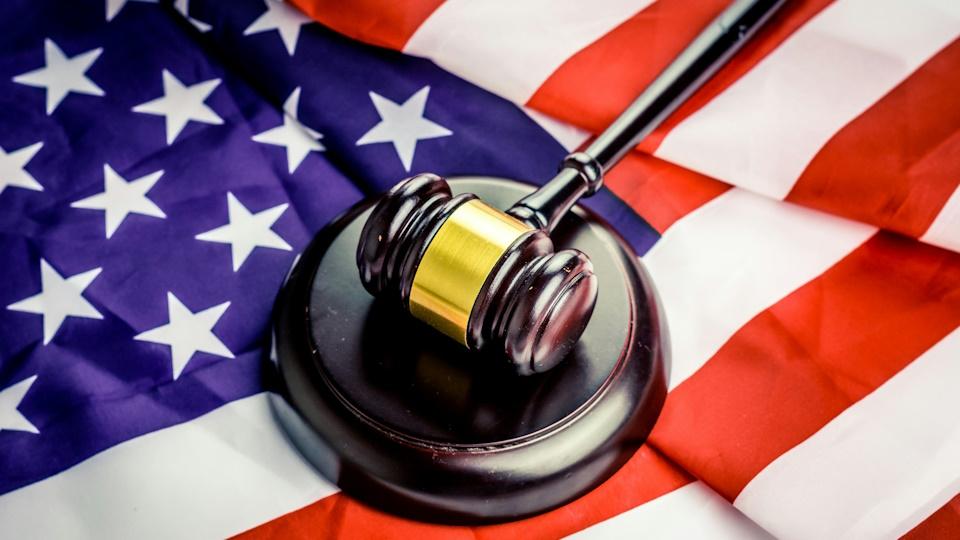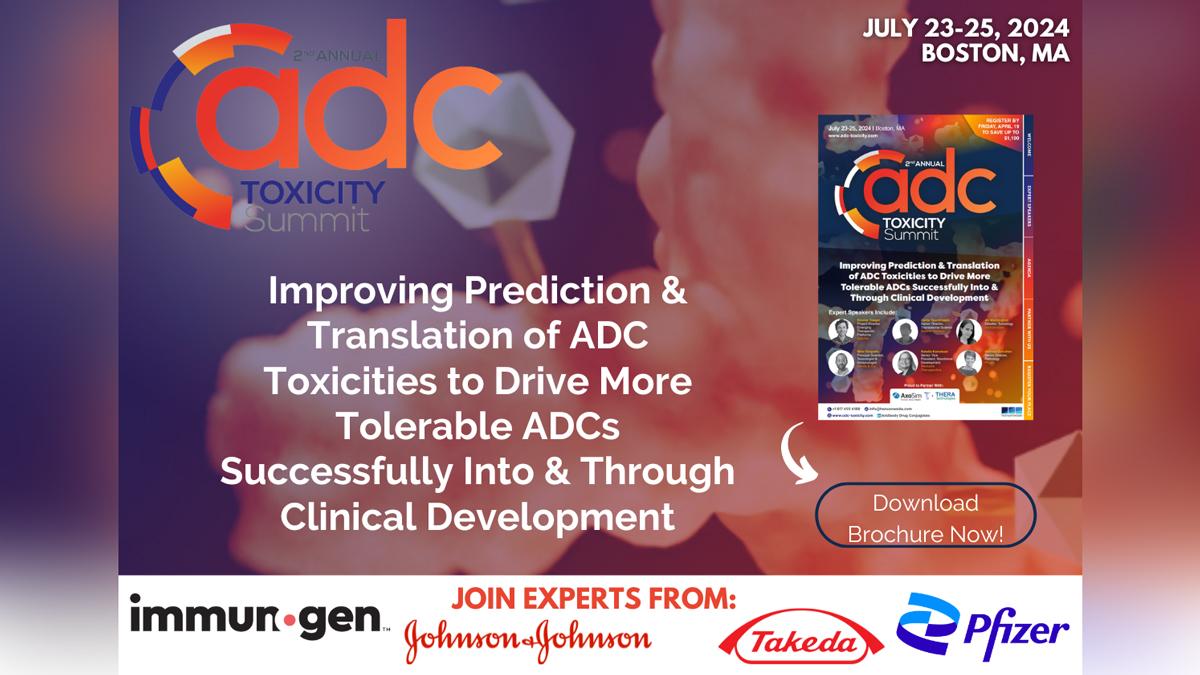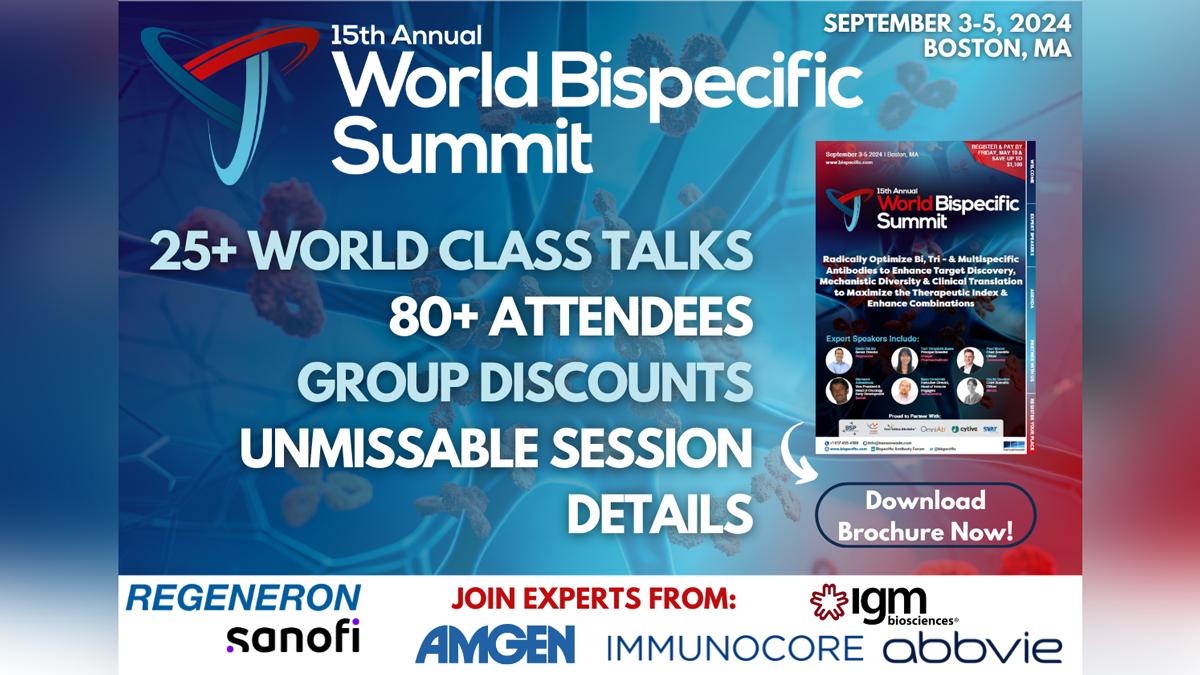Biosimilars and biobetters: what is the market waiting for?

Rebecca Aris interviews Dr Conrad Savoy
Independent Consultant
pharmaphorum interviews Dr Conrad Savoy on the challenges involved with getting biosimilars and biobetters to market, and also the opportunities they present.
Biosimilars and biobetters present a lucrative opportunity to benefit from patent expirations on biologicals, however entering the biosimilars market can be daunting. To find out more on how to overcome challenges in this area we spoke to Dr Conrad Savoy, ahead of his speaking engagement at UBM’s Pre-Connect Conference, on overcoming regulatory hurdles.
Dr Conrad Savoy is the former President and Chief Executive Officer of Biopartners. He worked at Biopartners for over 10 years, during which time he successfully pioneered the biosimilar approval pathway in addition to gaining considerable experience in the field of early biobetter developments and registration.
Since September, Dr Savoy has been active as an independent consultant, advising clients in biosimilar and biobetter drug developments, and registration issues. Here he speaks with us on the challenges associated with getting biosimilars and biobetters to market.
Interview summary
RA: Could you please describe the distinction between a biosimilar and a biobetter?
CS: A biosimilar medicine or product is a term, which is now is pretty well defined by regulations. In simple words biosimilarity refers to a very close similarity of the biosimilar recombinant human protein in relation to its reference product. This close similarity has to be established in all relevant characteristics with regards to quality, non-clinical and clinical data.
By contrast, the term biobetter was cast rather in relation to market expectations. It refers to a medicinal product delivering a recombinant protein, which is somewhat different or purposely differentiated when compared to a reference product. This is developed with the intention to deliver some improvement over an originator, an established product.
A biobetter, therefore, may relate to a modified molecule of the active ingredient, or a modified formulation or an improved delivery system. Also the tolerability or the safety profile of a biobetter could be improved over that of the originator product.
RA: What are the risks associated with deviating from the reference biologic in order to create a new product?
CS: The risks are related to the hurdles involved - registration approval and market acceptance.
 ,
"The risks are related to the hurdles involved - registration approval and market acceptance."
 ,
With regards to regulatory hurdles and associated risks, if we set out to develop a biobetter there is no specific guideline, therefore, the guidelines apply, as it would be for a new product development and registration.
However, the overall risk is lower when compared with the development and registration of a product containing a new molecule. For biobetters the principle molecule, its pharmacologic action, and its biological targets are well known to regulators, and established in the medical community. So you have to establish the relevant data to prove the case for the differentiated aspects of the product with regards to safety, efficacy, essentially regarding the overall risk profile. The cost therefore associated with the development and registration of a biobetter is higher than for a biosimilar, but less than for a new molecule.
With regards to the risks for market acceptance, you have to convince the payers and the prescribers of your ‘better value proposition’. Relevant comparative data, which makes the case for the unique selling point of the biobetter, have to be established and documented. Interestingly, the reference product is also relevant in the case of the development of a biobetter, but obviously in a different context. Classically, a head-to-head comparison to an established standard of care is expected, not only by regulators but also by the medical community, as they want to benchmark the biobetter product to an established standard of care. So if developing a biobetter there is no ultimate need to establish, in a very strict sense, the similarity as required for a biosimilar.
RA: What are the advantages of applying for marketing authorisation of a biobetter as opposed to a biosimilar?
CS: Fundamentally the differentiation that you provide by the delivery of a biobetter may offer the potential for some level of IP protection. Whether this is strictly speaking a patent or some type of data exclusivity has to be assessed case by case. This differentiation will offer positive bearing on the pricing by which you can approach relevant authorities on the market. Over time there is a better potential to sustain a higher price when compared to a biosimilar.
 ,
"In the case of a biobetter the value proposition is more likely to stay competitive…"
 ,
In the case of a biobetter the value proposition is more likely to stay competitive, even in the case of an active and continuous lifecycle management of the originator product.
If going for the biosimilar you are locked in basically the context in which you develop the biosimilar. This means it’s defined by your reference product. Whilst you are developing the biosimilar the originator is already moving on to second or third generation of their product so your biosimilar is conceptually outdated by the time it reaches the market.
In the case of biosimilars you have to be prepared to be able to significantly adjust prices downwards and still generate a good margin and good revenue for this product.
The biobetter offers the potential for arguing for a premium price, which obviously is more sustainable and could be comparable or above of the originator product.
The pricing authorities often require such claims of improvements to be substantiated by relevant data in order for a better price to be achieved.
What will be important about biosimilars market penetration will be such rules that really push prescribers and payers to go for lower priced products compared with originator products.
 ,
"There are no specific guidelines for development and registration of biobetter products..."
 ,
RA: How would you define the development process of a biobetter?
CS: There are no specific guidelines for development and registration of biobetter products, so such developments have to follow the principles and guidelines as applicable for new molecules.
However, there is a potential to refer to publically available data of relevance, namely pre-clinical, on occasions.
The characteristics that relate to the differentiation have to be considered and documented specifically.
RA: What advice would you offer on overcoming regulatory hurdles with biosimilars and biobetters?
CS: The first and most important step is really to define your product and its target profile carefully. What you want to avoid upfront is to have an ambiguous situation and run a development, which eventually will end up on a different track.
Once this is clarified, the next step is to thoroughly analyse the relevant applicable guidelines, and draw up the preferred development programme. A gap analysis should be performed to assess potential shortcomings, and you should have an understanding of a contingency plan. Based on this analysis formulate the right questions, and then anticipate what type of advice you might receive before you actually meet with the authorities.
You want to be assured that as a sponsor you are prepared to receive advice, which may trigger relevant work, and you have to understand whether or not this is an option for you to get done. What is a bad situation is asking for advice, receiving the advice, and then not being in a position to follow the advice for whatever reason – budget constraints or other limitations.
This work at the outset of the conceptualisation of the programme is strictly mission critical, and it really requires a lot of expertise and experience and skills in interpretation of guidelines, and in analysis of precedence set by regulators.
RA: Conrad thank you very much for your time and for your insights.
CS: You are welcome, thank you.
 ,
 ,
About the interviewee:
Dr. Conrad Savoy is the former President and Chief Executive Officer of Biopartners.
Dr. Savoy was appointed President and CEO in May 2009 and has more than 18 years’ experience in development work in the pharmaceutical and biotech industry, leading several projects to EMEA approval. Dr. Savoy joined Biopartners in 2001 as Head of Pharma Development where he led the Valtropin (rhGH) development through to EU market authorization. In parallel he has managed the development of the sustained-release rhGH (SR-hGH), an innovative new formulation. In 2007 Dr. Savoy was promoted to Chief Scientific Officer.
Prior to joining Biopartners, Dr. Savoy spent 10 years at Hoffmann-La Roche in various senior positions, including Global Regulatory Affairs Leader. His responsibilities at Roche involved the design and implementation of development strategies for numerous novel chemical entities (NCE’s) and biopharmaceutical products during clinical development. While at Roche, Dr. Savoy gained substantial experience in dealing with global regulatory authorities, including the FDA and the EMEA, and managed several projects reliant on the centralized European approval procedure. He holds an MBA from the Open University Business School, United Kingdom, and a PhD from the University of Basel, Switzerland.
How can regulatory hurdles be overcome with biosimilars and biobetters?












